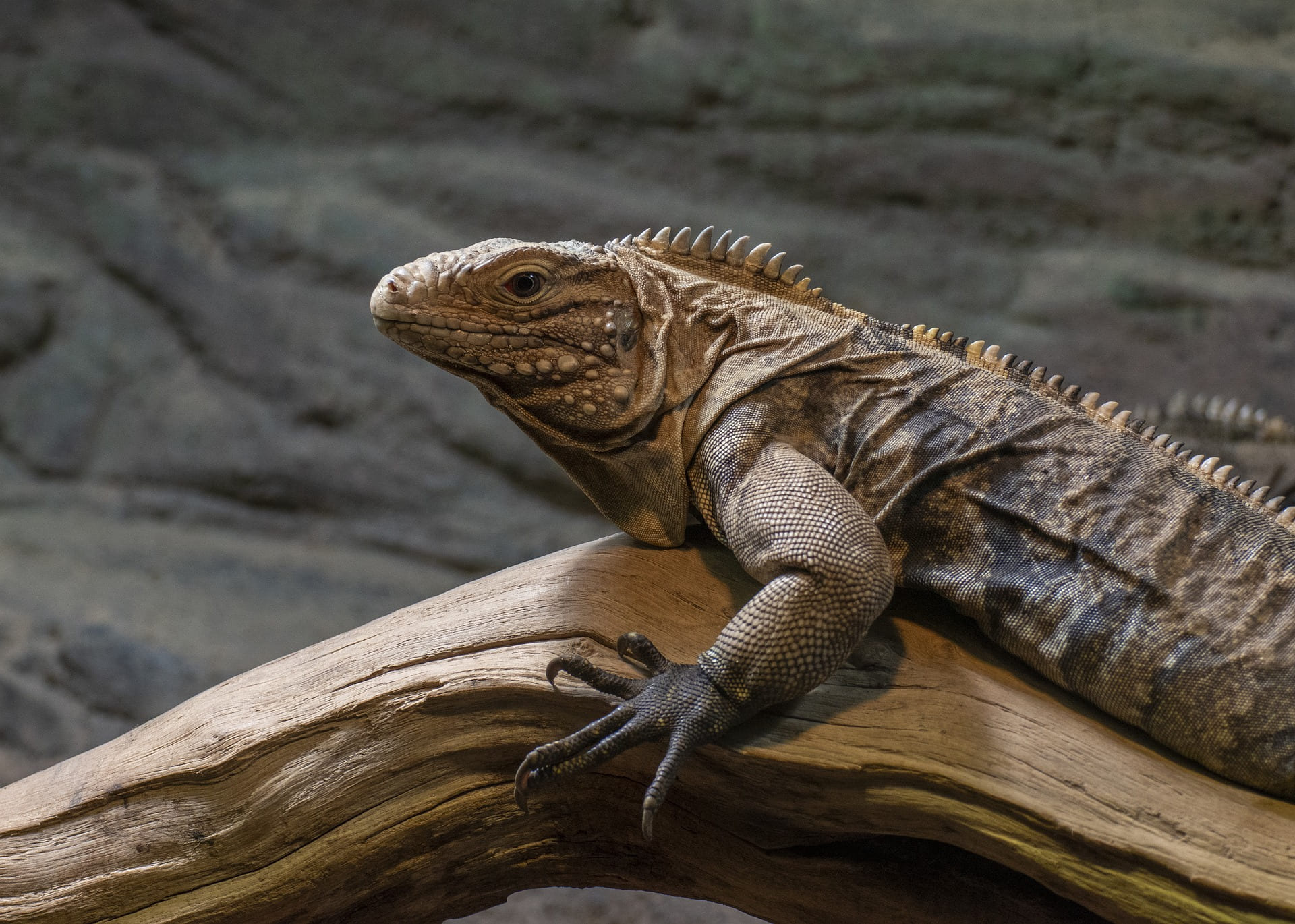9JG3+3G4, Banskhedi Aspal, Madhya Pradesh 464673, India +917878936893 [email protected]
9JG3+3G4, Banskhedi Aspal, Madhya Pradesh 464673, India +917878936893 [email protected]
Animals have evolved unique adaptations to survive in various climates, from the cold Arctic to the dry desert, showcasing the power of evolution.

Climate change is altering habitats around the world, affecting food availability, migration patterns, and reproduction rates for countless animal species.

Certain animals, known as “ecosystem engineers,” actively shape their environments, creating habitats for other species.

Many animals exhibit intelligence through behaviors like problem-solving, tool use, and communication.

Wildlife conservation is essential for maintaining the natural balance of ecosystems and preserving the diversity of life on Earth.
Zoo animals play a crucial role in modern society, not only for their charm and beauty but also for their contributions to education, conservation, and connection to nature. Zoos today are more than just places to observe animals; they are centers for learning, preservation, and community engagement. From majestic big cats and towering giraffes to playful primates, zoo animals inspire awe and offer unique insights into the natural world.

Animals play a vital role in ecosystems by maintaining natural balance. Predators control herbivore populations, preventing overgrazing, which helps preserve plant life. Herbivores contribute to seed dispersal and stimulate plant growth, while even small organisms like insects perform essential functions like pollination and decomposition, enriching the soil. Without animals, ecosystems lose their diversity and resilience, which negatively impacts the entire natural environment, including humans.
Climate change significantly impacts animal species by altering their habitats, food availability, and natural cycles. For instance, polar bears struggle with melting sea ice, which is essential for hunting. Many migratory birds and marine animals are also affected, as changing temperatures impact their migration routes. Some animals are forced to adapt by moving to new regions, but many cannot keep up with rapid changes, putting them at higher risk of extinction. Conservation efforts now focus on helping animals adapt to these changes and mitigating climate impacts.
“Ecosystem engineers” are animals that actively shape their environment, creating conditions for other species to thrive. Beavers, for example, build dams that form ponds, providing habitat for fish, amphibians, and birds. Elephants, as they move through savannas, trample grass and break trees, opening spaces for new plants to grow and providing food for other animals. These species help maintain the complexity and diversity of ecosystems. Protecting them is essential because the survival of many other organisms depends on their activities.
People can help protect wildlife by supporting conservation organizations, volunteering, and making responsible choices in daily life. Reducing plastic use, choosing eco-friendly products, and supporting programs that protect forests and oceans are great ways to make a difference. It’s also essential to raise awareness about endangered species, help fund conservation projects, and support laws aimed at environmental protection. Small actions taken by individuals can collectively make a significant impact on preserving biodiversity.
"Our family had such an incredible day at the zoo! The kids were fascinated by the variety of animals, especially the playful otters and the majestic tigers. We attended a few of the keeper talks, which added so much to the experience; we learned so much about each species, their behaviors, and conservation needs. The enclosures were spacious and thoughtfully designed to resemble natural habitats. We left with a newfound appreciation for wildlife and a deeper understanding of the importance of protecting these amazing animals. Highly recommend for families looking for a meaningful day out!"
"This zoo was one of the best I’ve visited! Not only were the animals well cared for, but the whole experience was incredibly educational. I loved seeing the pandas and elephants, and it was inspiring to hear about the zoo’s conservation work for endangered species. The staff was knowledgeable and obviously passionate about animal welfare. The exhibits were informative and engaging, perfect for all ages. It was great to see the zoo's dedication to educating the public about the importance of wildlife protection. A great place for both learning and enjoyment!"
"Visiting the zoo was a peaceful and inspiring experience. The grounds were clean and beautifully landscaped, with lots of shaded areas to relax in between exhibits. The animals seemed well cared for, and it was wonderful to see how much effort went into creating natural-looking environments for them. I was particularly moved by the gorilla exhibit; watching their family interactions was incredible. The whole visit reminded me of the importance of preserving nature, and I appreciate the zoo's role in conservation. It was a truly memorable day, and I’m already planning my next visit!"